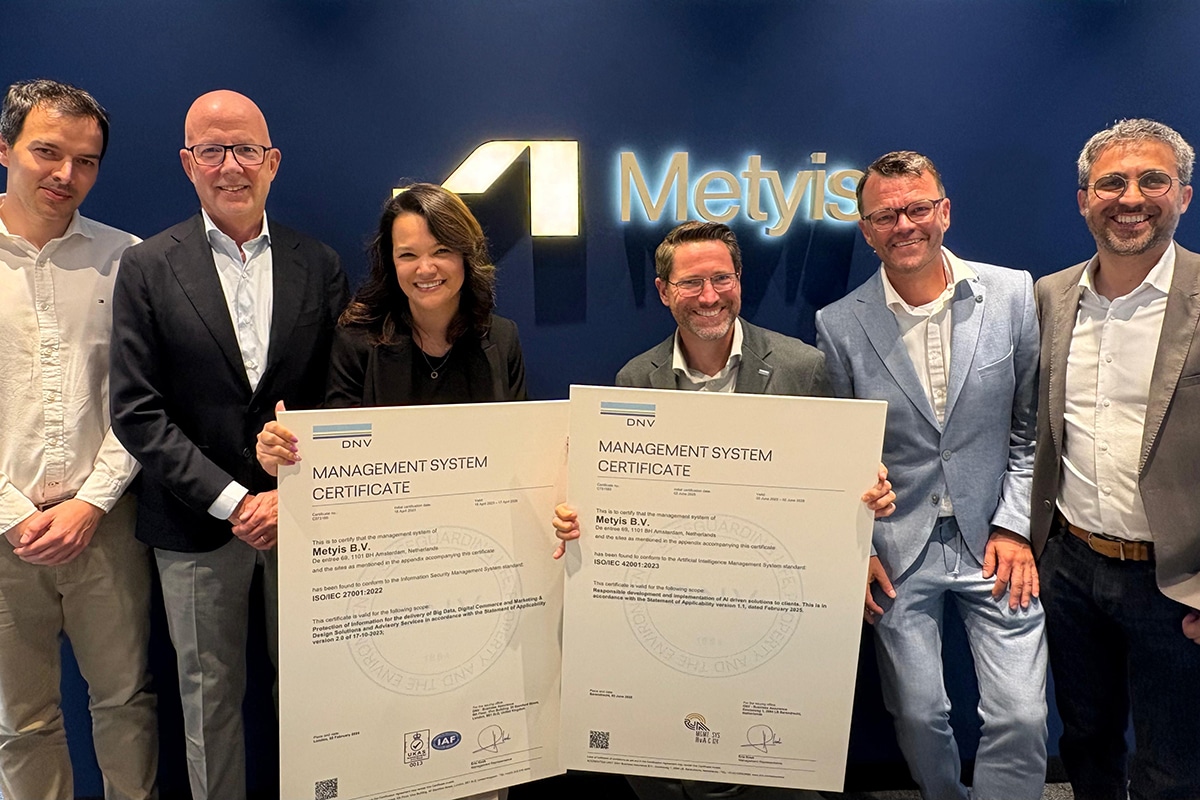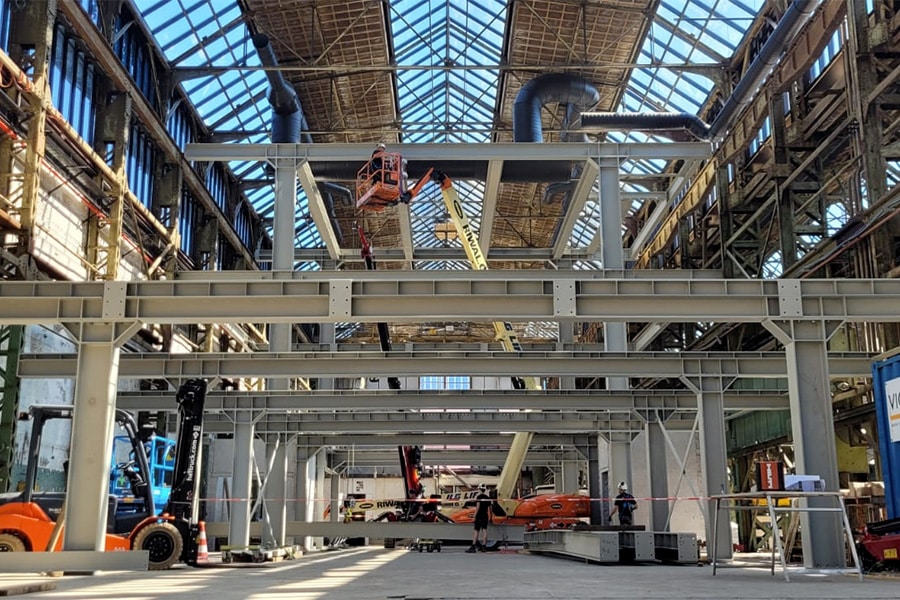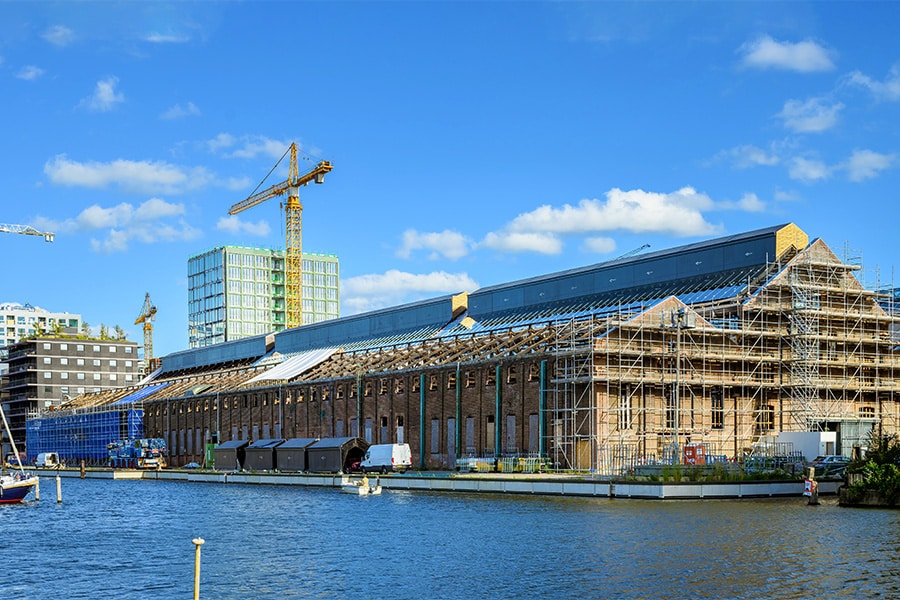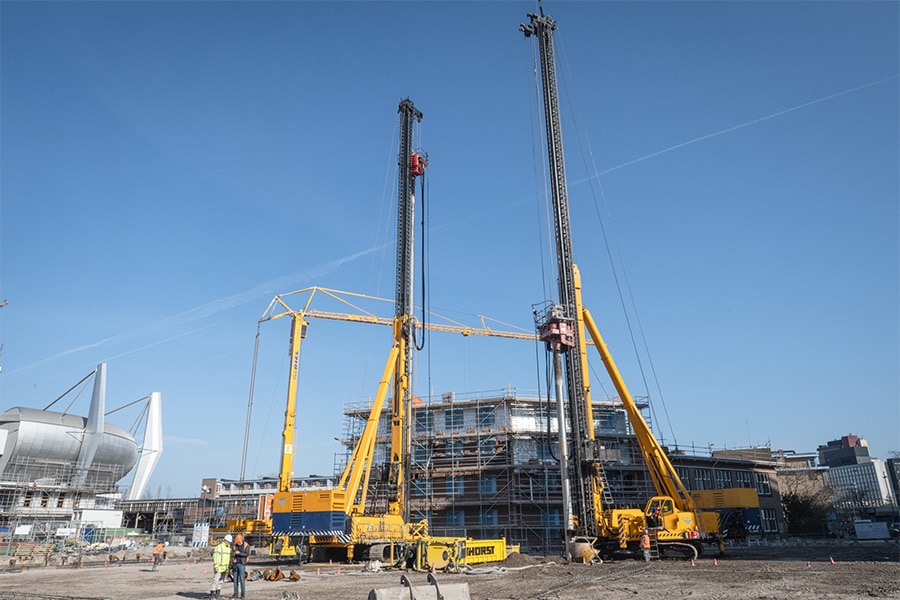
Road concrete with lowest possible EQI
All the road concrete in the N395 will be applied in situ by Den Ouden Groep. In the preliminary phase, much attention was paid to the right mixture compositions to achieve both a shorter lead time and a favorable MKI value. An interview with Sjoerd van Ingen, project leader of Den Ouden Groep.
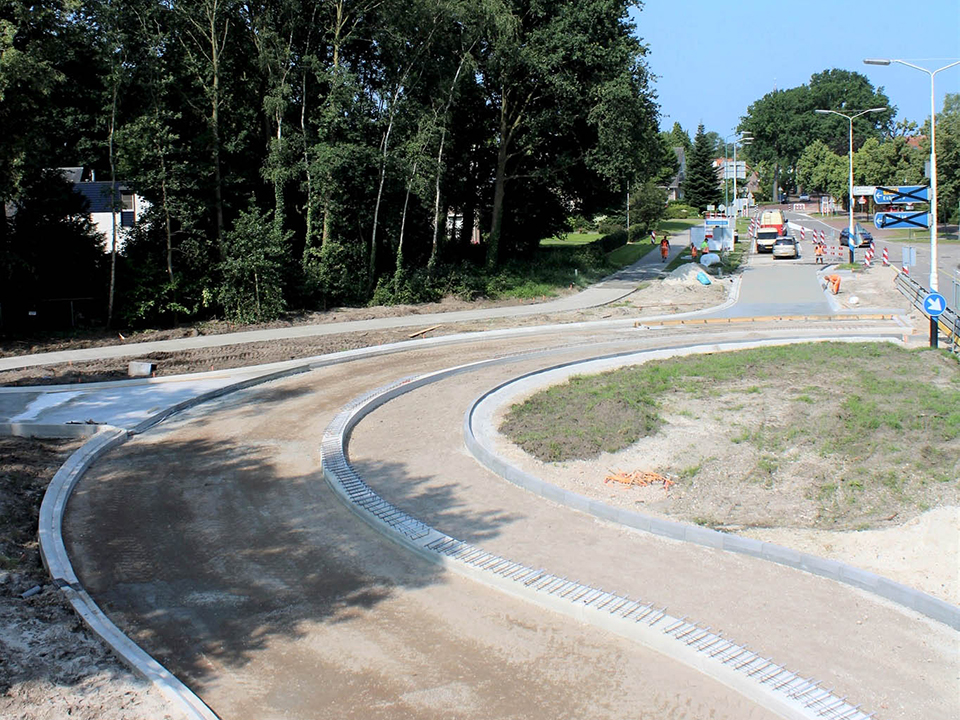
We were approached by BAM Infra Nederland in 2020 to bid bindingly on this project, says Van Ingen. "In the past we have tackled several traffic circles successfully and the cooperation is always very good. We always know how to find each other very well and have provided the necessary input at the front in terms of planning and especially the mixtures we can use to reduce CO2 as much as possible. Together with our concrete supplier Mebin, we tried to achieve the lowest possible MKI value. BAM scored well on that in the EMVI plan."
Faster
Linear elements, printing concrete, the road pavement of the vault traffic circle and bicycle lanes, it has all been and will be poured in situ. "A conscious choice," according to Van Ingen. "The reconstruction of the N395 is being carried out in phases and largely in traffic. So the lead time of each phase is limited. You can imagine that the mechanical installation of over 9,000 meters of guide bands is many times faster than opting for prefabricated elements that have to be set manually by a paver. Also because of the limited lead time, it was decided to implement the vault traffic circle with a constructive fiber instead of a concept with continuous reinforcement. This will easily save you about five days per phase anyway with the installation of the reinforcement."
More sustainable
Pouring the road concrete in situ in the N395 is in this case also a more sustainable choice and with a stronger end result. This is because the Den Ouden 2.0 mixture is being used. "A mixture with a significantly lower CO2-emissions. This allows us to achieve a low MKI value without sacrificing quality. The only disadvantage is that the mixture does not harden as quickly," Van Ingen acknowledges. "Where we are a bit tight on phasing, we apply a mixture with a slightly higher portland content, such as part of the road pavement of the cliff traffic circle. At the initiative of the province of North Brabant, an additional item has also been included to gain experience with geopolymer concrete, which contributes to a further CO2-reduction. Some 2,000 m2 to bike path will be carried out with this product, for which we cooperate with A. Jansen's power plant."
Not only are the lead times incredibly short, due to varying circumstances, the schedule also changes every now and then. "Fortunately, as an organization we are able to respond to this flexibly and adjust the mixtures accordingly. In this way, we ensure sufficient curing in the right periods so that others can move forward again. After all, running out of time is not an option."
